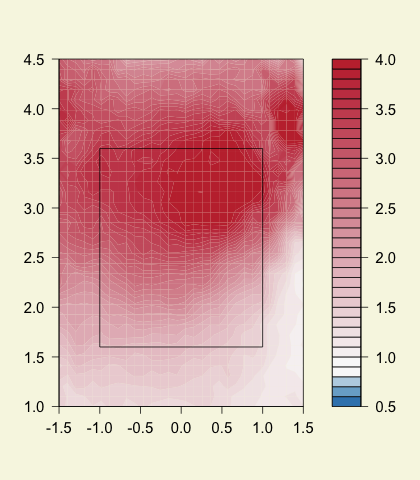Please Move Matt Kemp Up
The bottom of the order in the National League is reserved for pitchers and usually the worst hitters. This season, the average 7-9 slot is occupied by a non-pitcher hitting .249/.320/.381 – the equivalent of Luis Castillo. For whatever reason, Joe Torre has decided to up the ante for those lower-hole hitters by placing Matt Kemp in the tier – the same Kemp with a higher OPS than Ryan Howard.
Kemp is the Dodgers second best hitter when sorted by wOBA or wRAA. Entering last night’s game his line was .305/.369/.474 and yet in 52 of his 81 appearances this season Kemp has batted 7th or lower, and only two of those appearances came as a pinch hitter. Most nights Torre is running out a lineup that goes in order as follows: Rafael Furcal, Orlando Hudson, Manny Ramirez, Andre Ethier, Casey Blake, James Loney, Russell Martin, Matt Kemp, and then the pitcher.
Kemp might not even be the biggest issue with this current lineup since Furcal is receiving the most plate appearances while boasting a .297 wOBA. Furcal is better than that, but if hitting poorly (or really well in Kemp’s case) has no affect on Joe Torre’s lineup plans, then why have Casey Blake, Russell Martin, and Juan Pierre been able to slip and slide batting slots based on their performances?
Torre’s been blessed with a large lead in the standings so early in the season that the Dodgers’ playoff chances are sealed. Batting Kemp 8th isn’t going to cost the Dodgers the division and probably not even the top seed, but what message is Torre sending to Kemp and to opposing managers by keeping a stellar hitter in front of the pitcher? Kemp’s placement seems to extend beyond performance, and that’s too bad, after all Torre is supposed to be the master of managing egos and personalities, and here he is hurting his team by flexing his own.






